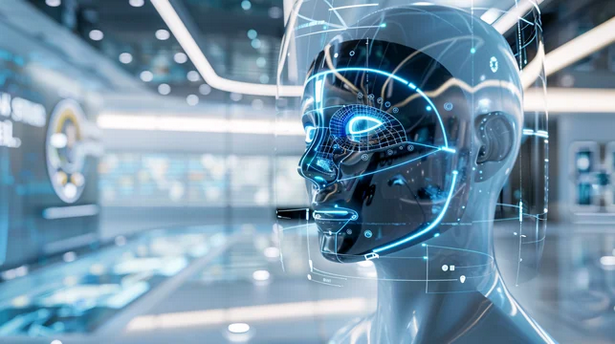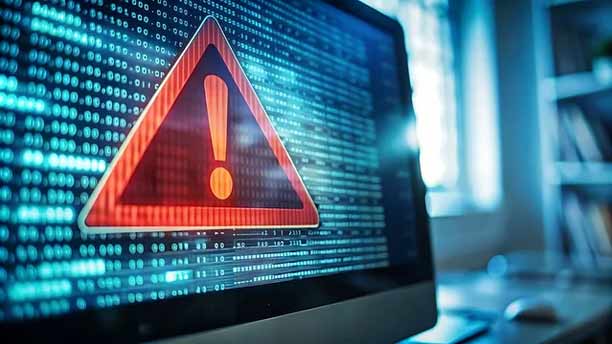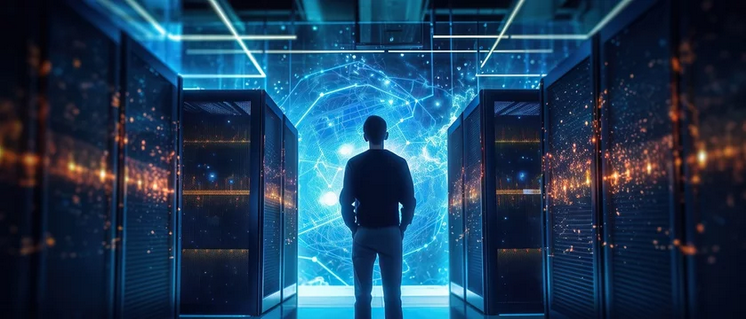Security Evolution

In the ever-changing world of security technology, evolution is taking place at a faster pace than ever before. Artificial Intelligence and Machine Learning are revamping the way we protect our businesses, assets, and employees. The new smart systems are not just observing, they are processing the information and making informed predictions.
Envision a future where security cameras do more than just capture — they comprehend. Where control systems not only permit or block access but also foresee. This isn’t the future; it’s the exciting reality of AI- and ML-powered security tech. So, what can these intelligent systems achieve? And maybe even more crucial: what are their limitations?

The Impact of Perception
Traditional systems merely view/record, AI Intelligent systems understand and comprehend situations. It can distinguish between a curious customer and a potential shoplifter in your store. It can see and understand if a hospital patient is at risk of a fall. It can access unusual traffic patterns that may signal an impending incident.
These intelligent systems enhance human roles, allowing security teams to excel at empathy-driven decision-making without the fatigue of constant monitoring.

Anticipating Threats
AI and ML in security revolutionize how we approach safety by not waiting for an incident to happen, but actively working to prevent the incident from ever happening.
Imagine a smart video system installed in a retail environment: it’s watching and analyzing for shoplifting behavior and it’s also analyzing traffic flow patterns to help managers to optimize layout patterns to increase security, efficiency and sales.
While not infallible… AI can’t predict the future, but it can reveal patterns that may escape human notice, providing security teams with invaluable insights on potential issues.
elevate security operations
In today’s world of budget constraints and the need for heightened security systems, AI and ML are revolutionary. They empower teams to enhance effectiveness without increasing headcount. Here’s some ways that smart systems elevate security operations:
- Automated Monitoring: AI continuously monitors countless video feeds from single or multiple sources and flags only the critical events that require human intervention.
- Intelligent Dispatching: ML learns patterns to send the right response effortlessly.
- Predictive Maintenance: AI predicts equipment failures, minimizing downtime. These innovations transform operations into strategic powerhouses!

Staying ahead of the curve
High Rise Fire and Security has always known that in order to provide the best security protection to our customers, our entire staff must stay on top of cutting-edge technology. We offer all of our clients’ intelligent security solutions that also can provide actionable business intelligence, improve operational efficiency, and enhance overall safety

Limitations
There is an enormous potential for AL and ML enhanced security systems but the bottom line is no matter how smart, machines are not human. While AI can process more data much faster than any person could, it can’t understand the nuanced reasons behind it. Most importantly, AI can’t make ethical judgments or handle complex, unpredictable human interactions.
The human element is critical to effective security strategy which combines AI’s tireless vigilance and processing power with human operators’ judgment, empathy, and adaptability.

Integration is Key
The true power of AI and ML in security lies not in individual smart devices but in completely integrated systems. Video surveillance, access control, perimeter security, and various peripheral devices must work together, sharing data and insights, the result is a security ecosystem greater than the sum of its parts.
The key the ability of different devices to communicate and work together seamlessly. This is where integrated solutions, like ours’ shine, creating a truly customized and effective security solution.

The Road Ahead
As we look to the future, the potential applications of AI and ML in security seem endless. From facial recognition systems that can identify persons of interest to predictive analytics that can forecast and prevent security incidents before they occur, the possibilities are both exciting and, to some, daunting.
But as we embrace these new technologies, we must also grapple with important questions about privacy, data security, and the ethical use of AI. The challenge for the security industry will be to harness the power of these technologies while ensuring they’re used responsibly and in ways that respect individual rights and societal values.
For security professionals, integrators, and end-users alike, the message is clear: the future of security is intelligent, integrated, and proactive. Understanding and embracing AI and ML technologies can create safer, more efficient spaces that protect and enhance our daily lives.






